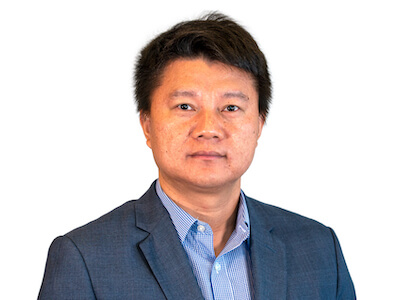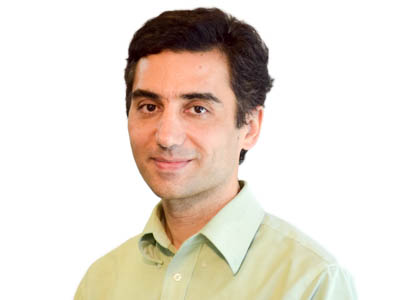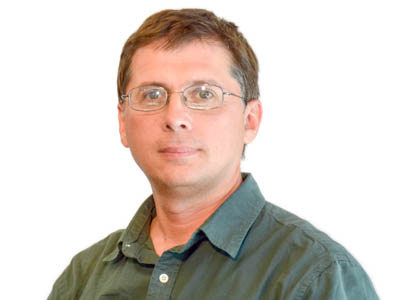Research Centers & Labs
In the Department of Electrical and Computer Engineering, there is a strong emphasis placed on research. This emphasis is reflected in the nine distinct research centers in which the department is involved with. These research centers give students a chance to interact with industry professionals, helping to give them an edge on the competition once their time at NC State comes to a close. The experiences they have as students at these state of the art facilities does a great deal to mold them into the next generation of leaders in the field of Electrical and Computer Engineering.The NSF Nanosystems Engineering Research Center (NERC) for Advanced Self-Powered Systems of Integrated Sensors and Technologies (ASSIST) will develop and employ nano-enabled energy harvesting, energy storage, nanodevices and sensors to create innovative battery-free, body-powered, and wearable health monitoring systems.
ASSIST is enabling a paradigm shift in health informatics by creating wearable nanotechnologies that monitor individual health parameters and environmental exposures. Long-term, scientifically accurate sensing enables patients, doctors, and scientists to make direct correlations between health parameters and environmental exposures. This information leads to improved chronic disease prediction, management, and treatment. ASSIST advances accelerate environmental health research and clinical trials as well as inform environmental policy.
The Future Renewable Electric Energy Delivery and Management (FREEDM) Systems Center, headquartered on NC State University’s Centennial Campus, is one of the latest Gen-III Engineering Research Center (ERC) established by National Science Foundation in 2008. The FREEDM Systems Center will partner with universities, industry and national laboratories in 28 states and nine countries to develop technology to revolutionize the nation’s power grid and speed renewable electric-energy technologies into every home and business. The center will be supported by an initial five-year, $18.5 million grant from NSF with an additional $10 million in institutional support and industry membership fees. More than 65 utility companies, electrical equipment manufacturers, alternative energy start-ups and other established and emerging firms are part of this global partnership.
Power electronics convert and control electrical power across the grid and in a growing array of products used by the industry, consumers, military, and utilities. Wide bandgap semiconductors can improve energy efficiency of the next generation of power electronics while reducing cost and size. The Institute will be establishing a collaborative community that will create, showcase, and deploy new power electronic capabilities, products, and processes that can impact commercial production, build workforce skills, enhance manufacturing capabilities, and foster long-term economic growth in the region and across the nation.
The IBM Q Hub at NC State is a center of quantum computing education, research, development and implementation. We work directly with IBM to advance quantum computing as well as interdisciplinary applied research, student development and quantum computing curricula at NC State. NC State researchers and students collaborate with IBM scientists, engineers and consultants to pioneer quantum computing in order to solve real-world problems faster and more efficiently than may be possible with a classical computer.
The Aerial Experimentation Research Platform for Advanced Wireless (AERPAW) is the nation’s first aerial wireless experimentation platform spanning 5G technologies and beyond, which will enable cutting-edge research — with the potential to create transformative wireless advances for aerial systems.
AERPAW is a $24 million grant, awarded by the PAWR Project Office on behalf of the National Science Foundation, to develop an advanced wireless research platform, led by North Carolina State University, in partnership with Wireless Research Center of North Carolina, Mississippi State University and Renaissance Computing Institute (RENCI) at the University of North Carolina at Chapel Hill; additional partners include Town of Cary, City of Raleigh, North Carolina Department of Transportation, Purdue University, University of South Carolina, and many other academic, industry and municipal partners.
The new Center for Advanced Electronics through Machine Learning (CAEML), formed jointly under an NSF grant with the University of Illinois at Urbana-Champaign and Georgia Tech, will seek to accelerate advances by leveraging machine-learning techniques to develop new models for electronic design automation (EDA) tools, which semiconductor companies use to create and verify chip designs for mass production.
The Center for Advanced Power Engineering Research (CAPER) is a membership driven consortium among several universities and industry partners in the Southeast region of the US. The main mission of the center is to develop and demonstrate grid modernization technologies and enhance the educational experience for students in electric power engineering. With an aging infrastructure, rising demands for cleaner electricity and extreme weather conditions, the nation’s utilities are working to meet these operational and planning challenges while maintaining a resilient and reliable grid.
The NSF Quantum Leap Challenge Institute for Robust Quantum Simulation uses quantum simulation to gain insight into and take advantage of the rich behavior of complex quantum systems. Work at the Institute is organized into three major research challenges:
Combining expertise in computer science, engineering, and physics, the NSF Quantum Leap Challenge Institute for Robust Quantum Simulation addresses the grand challenge of robustly simulating classically intractable quantum systems. The Institute brings together computer scientists, engineers and physicists from five academic institutions and the federal government. Funded by a $25 million award from NSF, researchers in the UMD-led institute will develop theoretical concepts, design innovative hardware, and provide education and training for a suite of novel simulation devices that can predict and understand quantum phenomena.
Committed to providing nanofabrication support to researchers from both academia and industry.
The NC State Nanofabrication Facility provides users with a broad range of nanofabrication capabilities to support a diverse set of projects. The facility houses virtually all standard thin film processing tools including a state-of-the-art ASML laser scanner for high volume, 193 nm patterning. The facility serves as a melting pot for a community of top-notch researchers from academica, government labs and industry representing a variety of disciplines. The vast majority of users, many traveling from afar, prefer to come on-site for hands-on access to the facility. However, users with well-defined projects can also have their work performed by our experienced staff.
With the widespread use of power devices in consumer electronics, for transportation, and air-conditioning, power semiconductor technology plays an important role for improving the comfort and well being of people around the world. They are also key enabling devices for reduction of wasted power leading to reduction of usage of fossil fuels and the concomitant reduction in environmental pollution. The Power Semiconductor Research Center (PSRC) was established at North Carolina State University in 1991 to fill this gap.
Research Groups & Labs
The department of Electrical and Computer Engineering runs many research groups and laboratories which students are encouraged to become involved with. Each discipline of study within the department offers a variety of groups and labs located conveniently on Centennial Campus and lead by our esteemed faculty members. Below, you will find a list of all of our research groups and laboratories, along with the faculty who lead them. Most have their own websites where you can learn more details about the work they do.





























